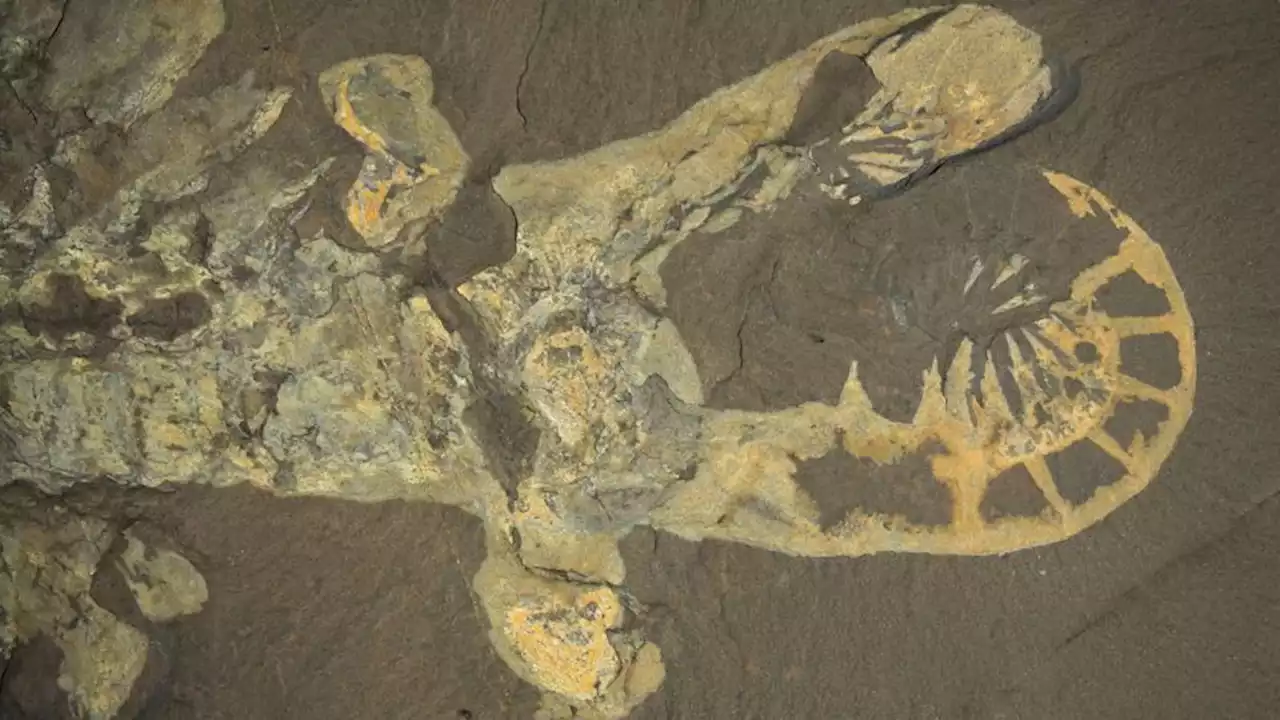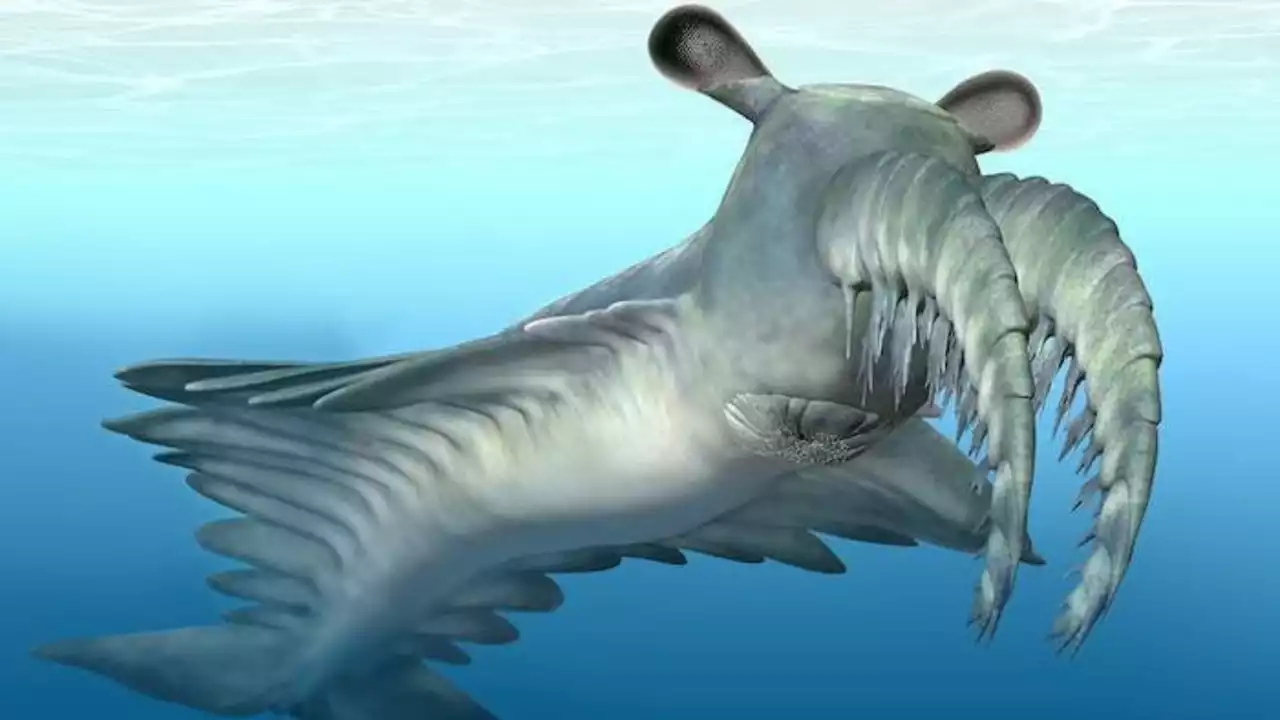A new study employs biomechanical modeling to challenge old beliefs about one of Earth's earliest apex predators, Anomalocaris canadensis.
Significantly, A. canadensis has been viewed as the cause behind damaged trilobite exoskeletons discovered by paleontologists in fossils.
Recent research on the armored, ring-shaped mouthparts of A. canadensis casts doubt on its capacity to process hard food. With this in mind, the new study explored whether the predator's long, spiny front appendages might have played that role instead.An international team of scientists from Germany, China, Switzerland, the United Kingdom, and Australia constructed a 3D model of A. canadensis to begin their research.
Contrary to earlier assumptions, this ancient creature was probably a swift swimmer, zipping through the water with its front appendages stretched out in pursuit of soft prey within the water column.
United States Latest News, United States Headlines
Similar News:You can also read news stories similar to this one that we have collected from other news sources.
 Ancient shrimplike predator was misunderstood, according to new research | CNNAn ancient shrimplike creature was thought to be the quintessential apex predator of its time, but a new study suggests it was more of a weakling than once assumed
Ancient shrimplike predator was misunderstood, according to new research | CNNAn ancient shrimplike creature was thought to be the quintessential apex predator of its time, but a new study suggests it was more of a weakling than once assumed
Read more »
 A Stunning Revelation Could Mean Betelgeuse Is Set to BlowA little more than 650 light-years from Earth, an old, red star lies dying.
A Stunning Revelation Could Mean Betelgeuse Is Set to BlowA little more than 650 light-years from Earth, an old, red star lies dying.
Read more »
 Star Wars' Galactic Empire Would LOSE Against Earth's Armed Forces: Here's WhyIf Star Wars were real and the Galactic Empire tried to invade and occupy Earth, would our military be able to beat the Empire’s forces?
Star Wars' Galactic Empire Would LOSE Against Earth's Armed Forces: Here's WhyIf Star Wars were real and the Galactic Empire tried to invade and occupy Earth, would our military be able to beat the Empire’s forces?
Read more »
 Biosphere is a buddy comedy about the last two dudes on EarthComing to theaters in July.
Biosphere is a buddy comedy about the last two dudes on EarthComing to theaters in July.
Read more »
 July's supermoon is 14,000 miles closer to Earth than a typical full moon eventThis is the first of four supermoons in 2023.
July's supermoon is 14,000 miles closer to Earth than a typical full moon eventThis is the first of four supermoons in 2023.
Read more »
 July's supermoon is 14,000 miles closer to Earth than a typical full moon eventThis is the first of four supermoons in 2023.
July's supermoon is 14,000 miles closer to Earth than a typical full moon eventThis is the first of four supermoons in 2023.
Read more »
